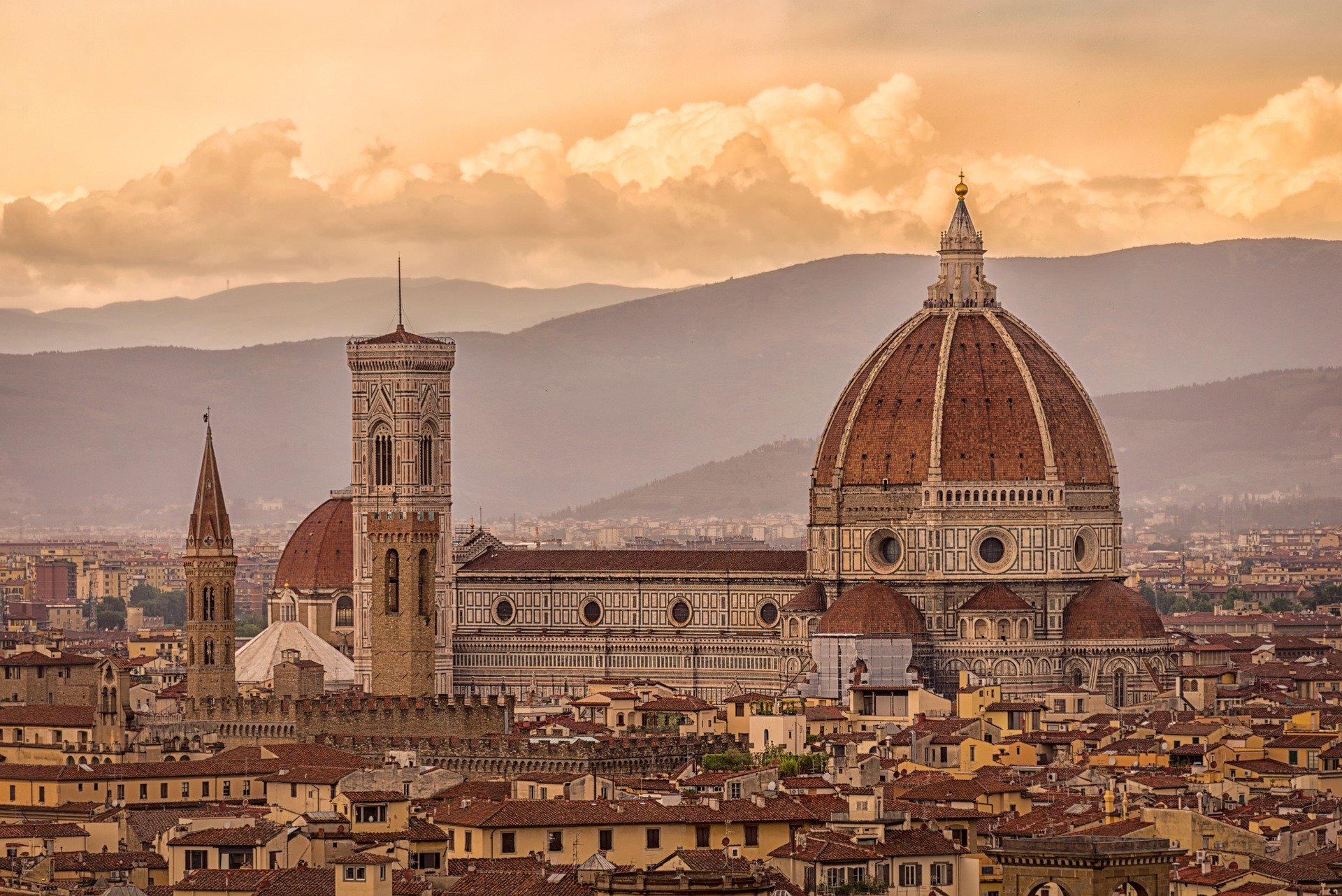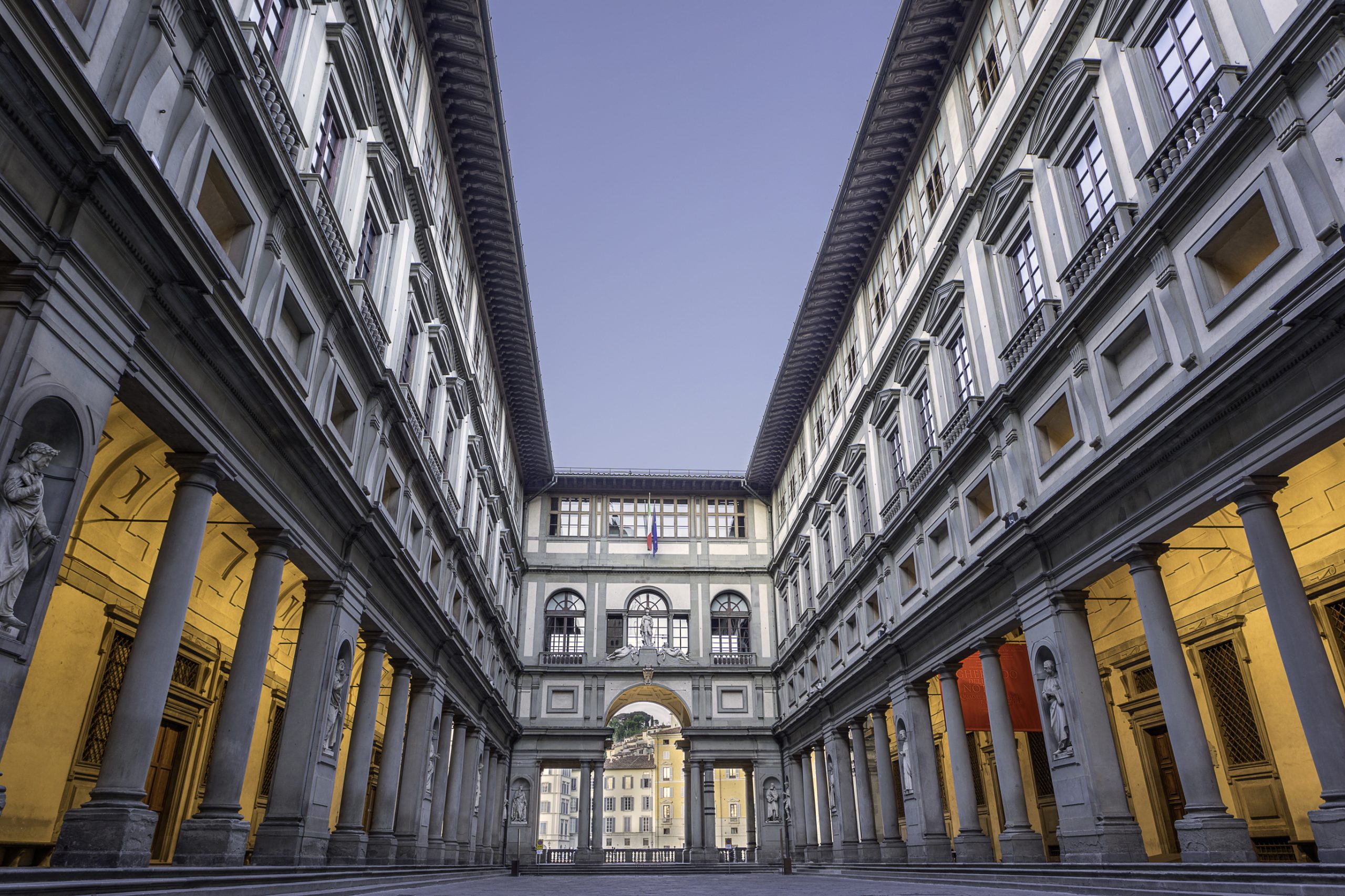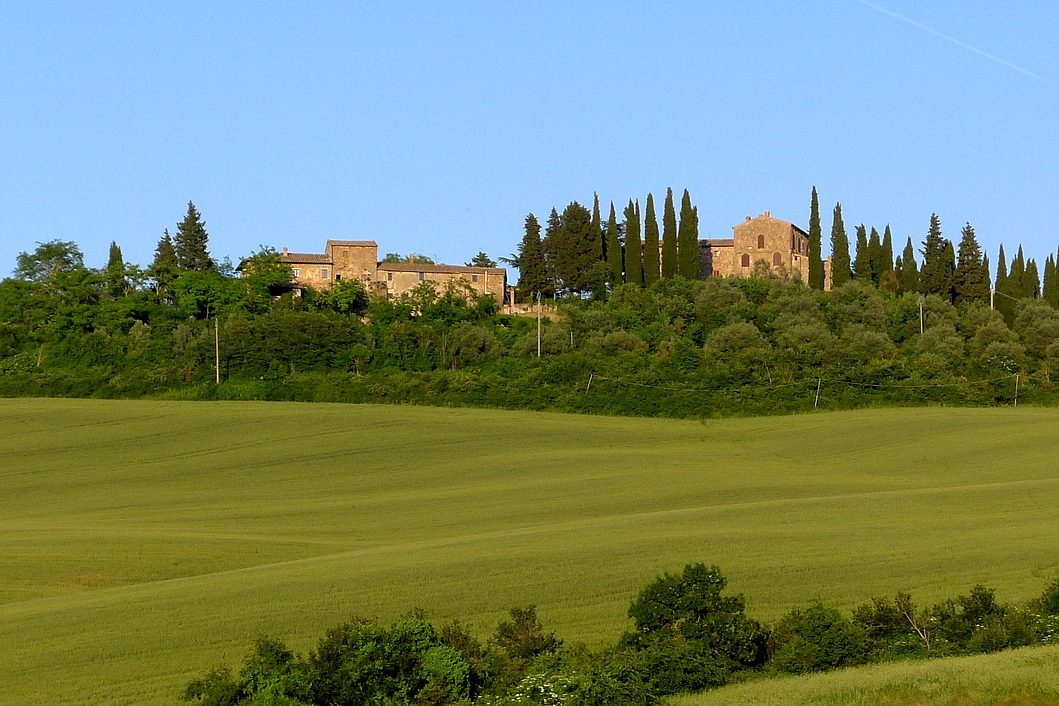It all started with the construction of the unacceptable near the Spanish steps in Rome in 1986. The opening of a McDonald’s restaurant in Piazza di Spagna was met with angry protests and demonstrations. The future of traditional Italian food, grown by local farmers and cooked by mothers everywhere, was believed to be in great jeopardy. Protesters dismayed over the potential loss of a way of life that had been in place for centuries. With the birth of the Slow Food Movement, founder and Italian gourmet, Carlo Petrini, began a revolution that has grown world-wide.
The Slow Food Movement seeks to preserve and reconnect the local farmer to the local table. Modern, long distance transportation of food that is not locally grown and in season is eschewed for the freshest nourishment available within a few miles of local kitchens. The movement also has a more spiritual side, a desire to preserve the lifestyles of people, and to prevent the bulldozing of cultural traditions by corporate interest in profit rather than in people.
In 1989, the Slow Food Manifesto was released and pleaded, “Against the universal madness of the Fast Life we need to choose the defense of tranquil material pleasure. Against those, and there are many of them, who confuse efficiency with frenzy, we propose the vaccine of a sufficient portion of assured sensual pleasure, to be practiced in slow and prolonged enjoyment. ” Who could argue with such a delightful proposition?
The appreciation of and tribute to locally produced food, as well as the reduction of the miles that food travels from field to plate, has been embraced by all of Italy. This is particularly true in the rural regions, far away from the metropolitan areas.
Tuscany certainly has followed suit; there are numerous food producers, restaurants, agriturismos and cooking schools which adhere to the philosophy of the movement. Each food zone within the Tuscan region focuses on the preservation of the culinary ingredients that make local foods possible to savor. There are so many dishes for which each zone is delighted to present as their local star of the Slow Food Movement. They include Senese pork, Chianina beef, Certaldo onions, the preserved fish of Orbetello and many more. Of course, this also includes the various wines produced in Tuscany, including Brunello di Montalcino and Vino Nobile, among others.
In essence, the Slow Food Movement begun by Petrini is a continuation and preservation of the sweet life or, “La Dolce Vita”. This is yet another reason to appreciate and travel to Italy, and particularly to Tuscany. You may raise a glass of locally produced wine over plates of regionally grown culinary delights at any given meal.





























